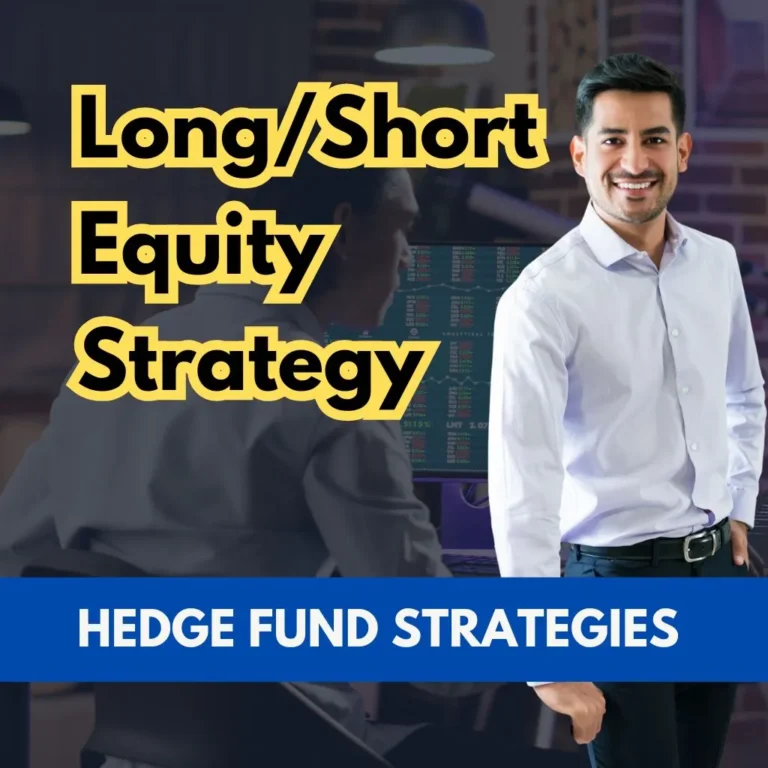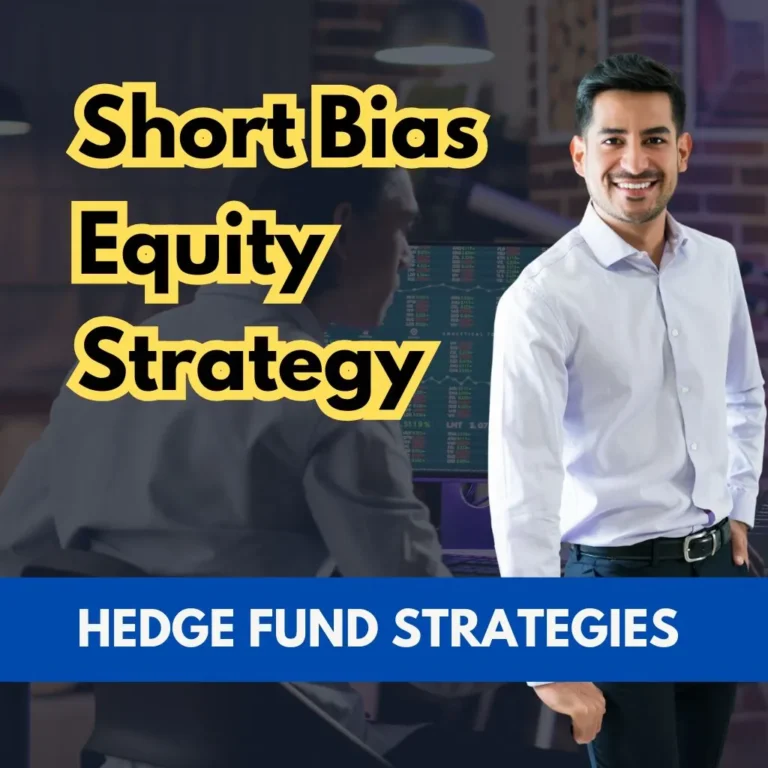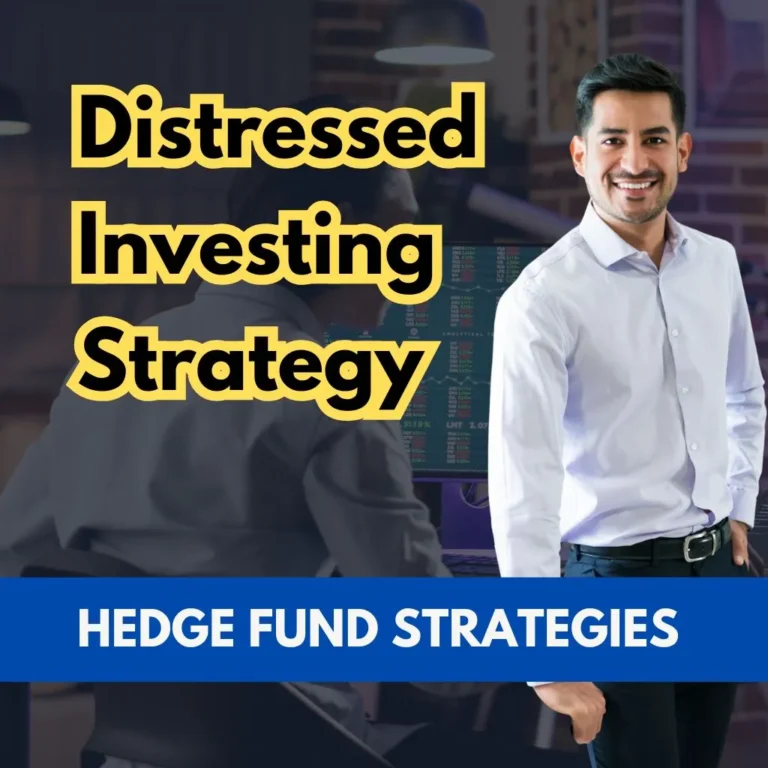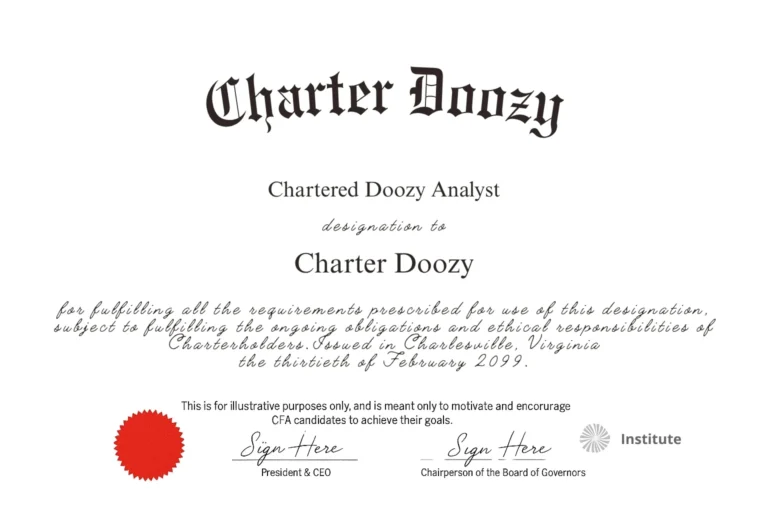In the world of hedge fund investing, a market neutral strategy is a sophisticated approach aimed at removing market risk entirely from the portfolio.
Rather than betting on the general direction of markets (either up or down) this strategy seeks to profit from the relative performance between securities. The goal is simple but powerful: deliver steady returns that are independent of whether the market rises or falls.
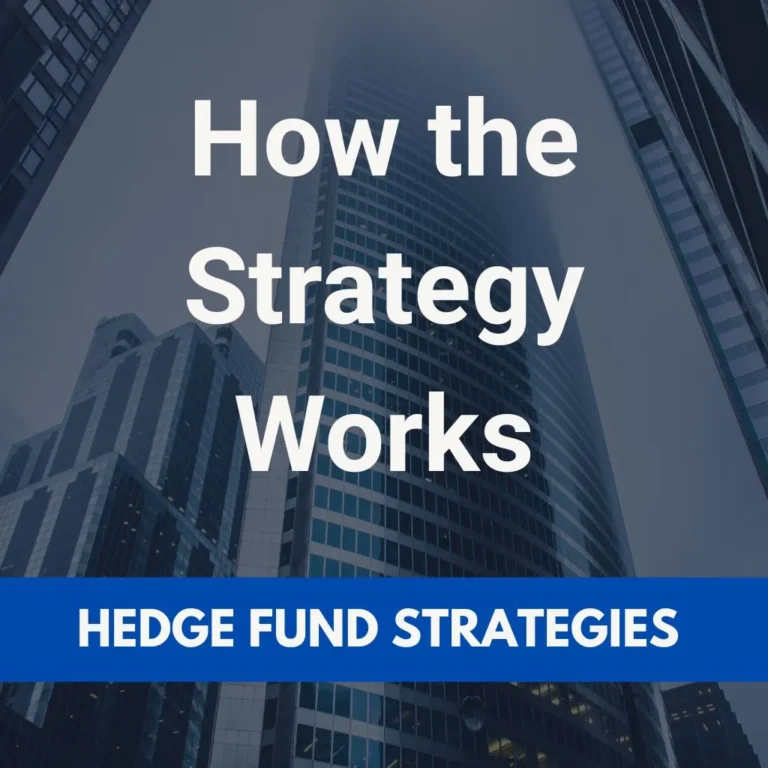
How the Strategy Works
Market neutral strategies operate by taking equal long and short positions. A long position involves buying a security expected to rise in value, while a short position involves borrowing and selling a security expected to fall. When the gains from the long position exceed the losses from the short (or vice versa), the portfolio generates a profit. Crucially, the net market exposure is kept near zero, meaning the portfolio does not rely on broader market moves to perform well.
To implement this, fund managers often pair trades within the same sector or industry. For example, they might identify two automobile companies… one undervalued and one overvalued. The manager buys shares of the undervalued firm while simultaneously shorting the overvalued one. If both stocks rise, fall, or stay flat, it doesn’t matter much… as long as the undervalued stock performs relatively better than the shorted one, the strategy succeeds.
The approach can also be executed using quantitative methods. Some funds construct portfolios that neutralize exposure to common risk factors like momentum, value, or size, relying instead on security-specific signals. Others use statistical arbitrage techniques, where algorithms identify temporary mispricings between highly correlated securities.
Interested in Learning About Other Hedge Fund Strategies?
Real World Examples
In practice, market neutral funds engage in a wide variety of trade types. A classic example is merger arbitrage, where the fund goes long the shares of a company being acquired and short the shares of the acquirer, seeking to profit from the price spread between the two.
Another common use case is pairs trading. Suppose Ford appears undervalued while General Motors seems overvalued, based on valuation ratios or earnings projections. A manager could take a long position in Ford and a short position in GM. If Ford outperforms GM, regardless of what happens in the broader market, the trade generates a profit.
More advanced versions of this strategy also include statistical pairs based on historical relationships or factor models. These trades are generally short-term and high-frequency, exploiting inefficiencies that may last only hours or days.
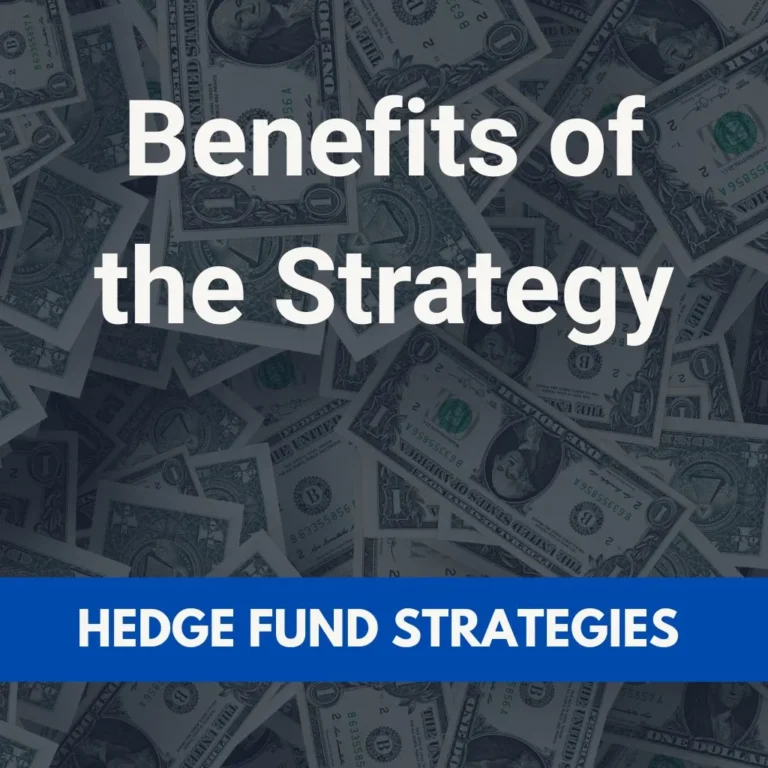
Benefits of the Strategy
One of the most appealing aspects of market neutral investing is the potential to generate positive returns regardless of market conditions. Because the strategy is designed to remove exposure to market movements, it is particularly valuable during times of volatility or when traditional asset classes are performing poorly.
Market neutral strategies also tend to exhibit lower volatility than long-only funds, making them attractive to investors seeking smoother return profiles. For institutional investors like pension funds and endowments, these strategies add a layer of diversification that can help stabilize portfolio performance over time.
Perhaps most importantly, market neutral strategies provide a pure test of a manager’s security selection skill. Since market movements are neutralized, all returns are driven by the manager’s ability to correctly identify mispricings in the market.
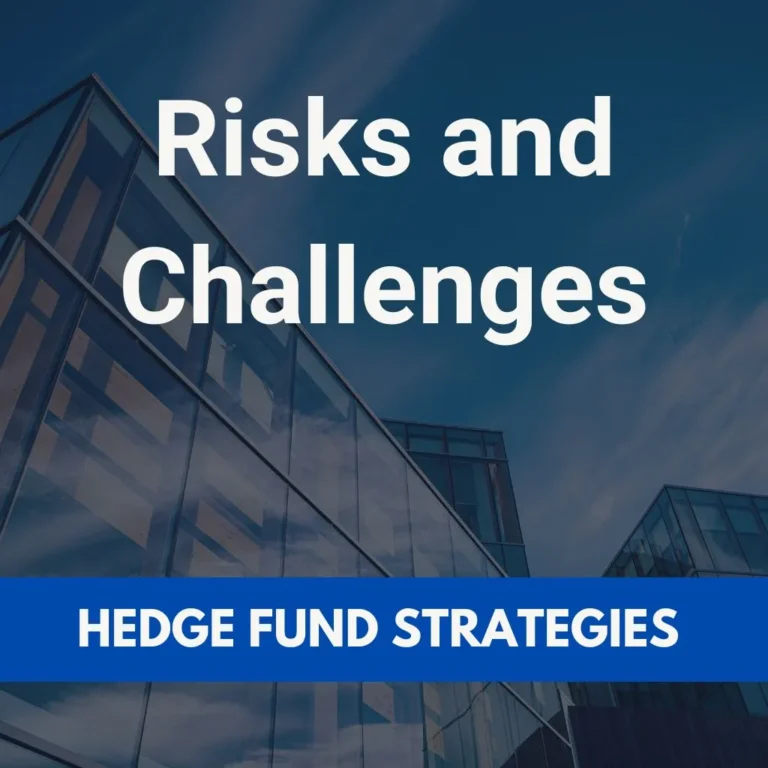
Risks and Challenges
Despite their appeal, market neutral strategies are not without risk. Their returns are typically modest, so many funds employ leverage to amplify performance. This use of borrowed capital introduces its own set of risks, particularly during periods of market stress.
There is also model risk to consider. Many quantitative implementations rely on historical relationships or assumptions of mean reversion that may not hold in future market conditions. In highly correlated or momentum-driven markets, the opportunity for relative mispricings may also diminish, reducing the strategy’s effectiveness.
Moreover, short selling itself carries risks. Finding shares to borrow can be difficult or expensive, and if a shorted stock rallies unexpectedly, losses can be significant. These risks can be compounded if positions are crowded or if liquidity dries up.
Finally, market neutral funds may underperform during strong bull markets. Since they deliberately remove exposure to upward market momentum, they may lag long-only strategies when markets are rising broadly.
Final Thoughts
Market neutral strategies offer a compelling option for investors seeking uncorrelated, risk-managed returns. They are particularly effective in volatile or range-bound markets and can provide important diversification benefits within a broader portfolio. However, they are complex to manage, require deep expertise in security selection and risk control, and are best suited for sophisticated investors who understand their nuanced risk profile.
As with any hedge fund strategy, due diligence is essential. Understanding the manager’s methodology, risk controls, and execution capabilities can help investors determine whether a particular market neutral approach is likely to deliver on its promise of steady, market-independent performance.

